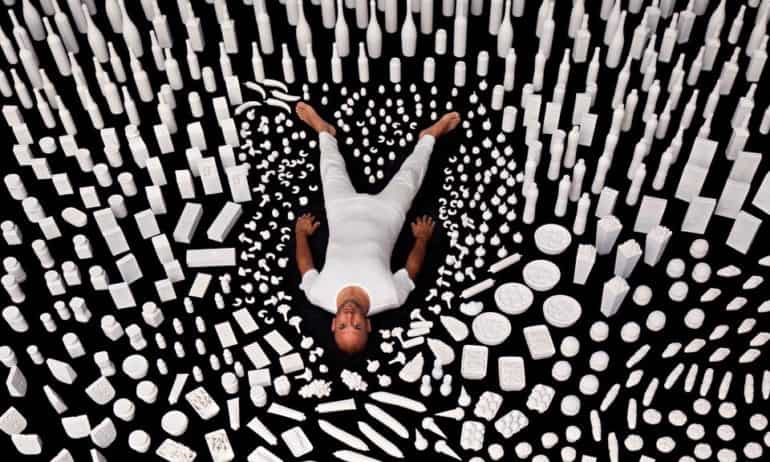Photo Credit: Itamar Gilboa
From September 13 to 17, 2017, Itamar Gilboa will highlight food waste, food distribution imbalance, and issues of consumption through an art exhibition in Chicago. The Israeli-Dutch artist’s Food Chain Project will present “as a pop-up supermarket made entirely of sculptural groceries that represent [the artist’s] consumption over 365 days.”
With this exhibit, Gilboa seeks to draw attention to the contradiction of a world with both high levels of food insecurity and high levels of obesity. The installation is meant as “an inventive approach to point out our overconsumption, while hundreds of millions of people around the world still suffer from hunger every day.”
Gilboa’s traveling installation will appear as part of The International Exposition of Contemporary and Modern Art (EXPO Chicago) in the Special Exhibitions section. While the installation has been displayed overseas since 2014, this will be the its United States debut.
The installation is based on the artist’s meticulous record of his food consumption—including 160 unique food items—over an entire year. From these food records, Gilboa casted more than 8,000 food items from plaster, a section of which will be included in the EXPO Chicago installation.
In a recent interview with Food Tank, Gilboa explained, “if we can highlight hunger and obesity, I think we cover a huge spectrum of issues of our society.” His installation is “about awareness, access of information and knowledge, and making quality, good food accessible to everyone.”
The foods from the original installation are all white plaster, “sometimes in packaging or sometimes in [their] natural forms.” The installation will also include some gold food sculptures, which Gilboa says “[displays] the madness for fast foods [and] the power of fast food industry.”
Each of the 6,000 plaster cast items and the gold sculptures in the EXPO Chicago installation are for sale, with proceeds going to Food Tank.
Gilboa says “the idea was that I take this food, turn it into art, people buy these products, and money from the sale returns to the food system through organizations working on issues related to the food system.”
Items from the installation are also available for purchase online.







